Blog
Advice and expertise from AM, and special guest posts by leading archivists, academics and librarians from around the world.
-
TitleDescriptionDate
-
 'Color Uncle Frank Playful Grey Flannel’: The J. Walter Thompson Colouring Book
'Color Uncle Frank Playful Grey Flannel’: The J. Walter Thompson Colouring BookIn the long-gone days of 2015-16, adult colouring books suddenly became nothing less than a phenomenon. The Independent even reported that the craze had led to a 'global pencil shortage'. Imagine my surprise, then, when working on Adam Matthew Digital’s forthcoming J. Walter Thompson: Advertising America, I came across a colouring book for adults, released as long ago as 1974!
-
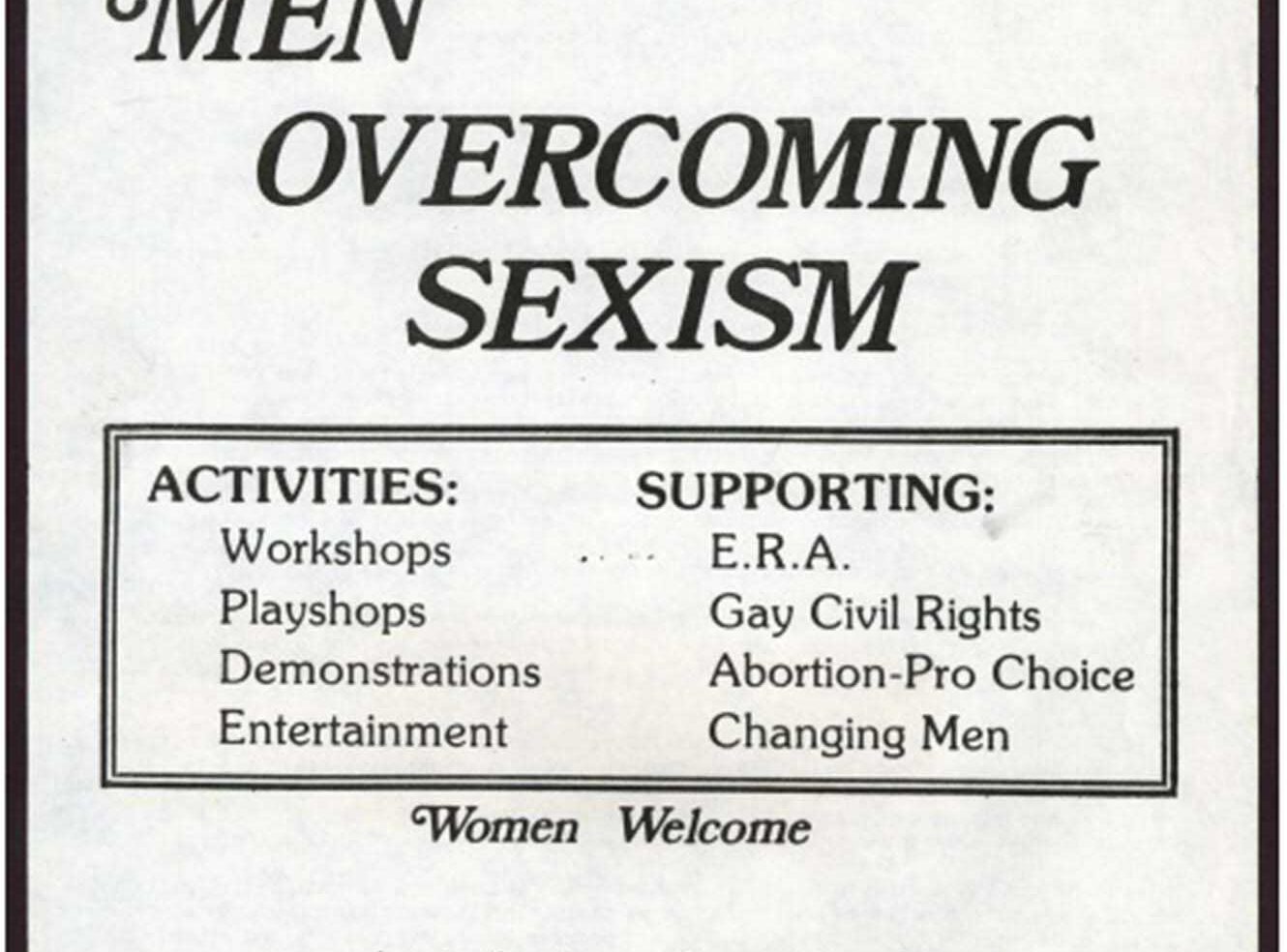 The Men's Movement
The Men's MovementThe 1960s and 1970s saw Second Wave Feminism sweep through the Western World, engaging women with issues such as sexuality, the workforce, domestic abuse, the family and reproductive rights. And whilst feminists were debating with themselves and the world, there were small collectives of men who wondered what this new definition of femininity meant for their understanding of masculinity.
-
 No Sex Please, We’re British: Stemming The Tide Of STDs During WWI
No Sex Please, We’re British: Stemming The Tide Of STDs During WWIGlobal conflict naturally incurs all manner of hardships and challenges, but one that rarely permeates modern discussions of the First World War is the exponential spread of sexually transmitted diseases, or the effort made to curb them. However, preventing venereal disease wasn’t just a matter of good medicine. In fact, medicine was sometimes the last thing on people’s mind when trying to avoid these debilitating infections.
-
 In the Name of Lenin: Electrifying the Great October Revolution
In the Name of Lenin: Electrifying the Great October RevolutionTo celebrate the centenary of the 1917 Russian Revolution, Professor Graham Roberts introduces the 1932 film short, In the Name of Lenin. Directed by Mikhail Slutskii, this 14 minute feature was produced in the USSR to celebrate industrial progress in the years following the Revolution.
-
 October Days: The Bolshevik Revolution at 100
October Days: The Bolshevik Revolution at 100To celebrate the centenary of the 1917 Russian Revolution, Professor Denise J. Youngblood introduces the 1958 film October Days. Directed by Sergei Vasiliev, the film was produced in the USSR to celebrate the 40th anniversary of the October Revolution and makes for a fascinating case study in Soviet memory.
-
 Keep Calm and Candid On
Keep Calm and Candid OnThis week I’d like to bring you some good news. Well, as ‘good’ as news could get for the British Army in Italy during the spring/summer of 1944. While working on the Service Newspapers of World War II: Module 1 collection I had access to a variety of high-profile publications like “Union Jack”, “Stars and Stripes”, and “Blighty”; each a heady mix of pin-ups, atrocities, and shoe polish advertisements.
-
 Wallpaper Newspapers of the American Civil War
Wallpaper Newspapers of the American Civil WarThere was a time in Britain when fish and chip takeaways were clad in unused newspapers, prompting the wry saying that today’s news is tomorrow’s fish and chip wrapping. In a small twist on this, these items from American history below give us an instance of today’s wallpaper becoming tomorrow’s news plus an interesting symbol of the disparity in resources between two sides of a civil war.
-
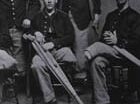 Surviving the American Civil War: An Interactive Patient Database
Surviving the American Civil War: An Interactive Patient DatabaseTo celebrate the release of Medical Services and Warfare: 1850-1927, Adam Matthew Digital is providing free access to the interactive Civil War patient database Surviving the Civil War available to explore for 30 days from 24th October 2017.
-
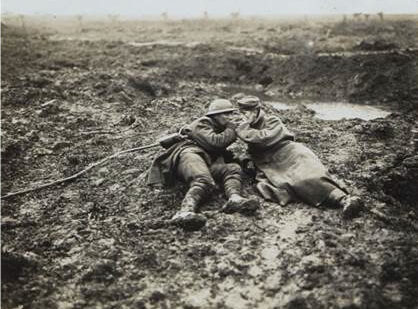 The Battle of Passchendaele
The Battle of Passchendaele“I died in hell – they called it Passchendaele” – A century on, Passchendaele is commemorated through the words of poet Siegfried Sassoon. But it can also be remembered through the memoirs and diaries of the men who experienced the events. Perhaps the First World War battle that is today most present in the collective British consciousness is the Somme, but at the time this battle was synonymous with the hopelessness and horror of what was playing out on foreign fields.
-
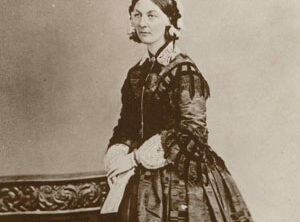 “Ever Yours”: The Florence Nightingale Papers and Handwritten Text Recognition Technology
“Ever Yours”: The Florence Nightingale Papers and Handwritten Text Recognition TechnologyMedical Services and Warfare: 1850-1927 is a major new resource that examines the history of injury, disease, treatment and medical development within and around conflicts of the nineteenth and twentieth centuries.Collecting more than 4,000 documents from archives and libraries from the UK and North America, this resource includes the outstanding Florence Nightingale Papers from the British Library, comprising correspondence, notes and reports written between 1847-1889.
-
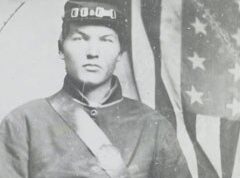 A Stone in Peleg Bradford’s Shoe May Have Saved His Life: A Special Guest Blog by Jake Wynn
A Stone in Peleg Bradford’s Shoe May Have Saved His Life: A Special Guest Blog by Jake WynnOn June 17, 1864, while on the picket line outside Petersburg, Virginia, Private Bradford crouched down to remove the rock from his shoe. Just then, a Confederate sharpshooter took aim and fired. The bullet smashed through Bradford’s leg, which was raised as he attempted to put the shoe back onto his foot. “He always said he was sure that the Rebel sharpshooter had aimed for his head,” wrote Richard Bradford, Peleg’s grandson, “He always figured he swapped his knee for his head.”
-
 Pictures of Some Things You Want
Pictures of Some Things You WantTrade Catalogues and the American Home is a fascinating resource which published in early 2017 that allows you to see the changes in American consumerism over the twentieth century. The collection highlights many aspects of American daily life from around 1850-1950. One such aspect: our (and I’m lumping us Brits in with the Americans, here) great love of Stuff.
-
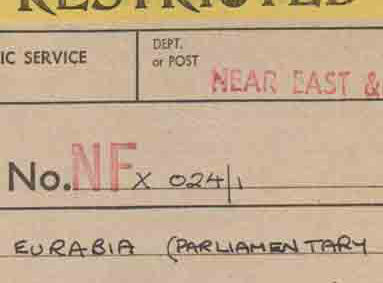 Parliamentary Association for Euro-Arab Co-operation (Eurabia)
Parliamentary Association for Euro-Arab Co-operation (Eurabia)When reviewing an historical event, I often enjoy researching the minutiae of the moment. What, I will wonder, was the weather like? What did the participants eat for breakfast? It is for this reason that I wanted to put Adam Matthew’s facsimile of the summary booklet for the 1977 ‘Peace and Palestinians’ conference into a more detailed historical and cultural context – drawn in by the little details, and encouraged by the fact that the fortieth anniversary of this significant event is rapidly approaching.
-
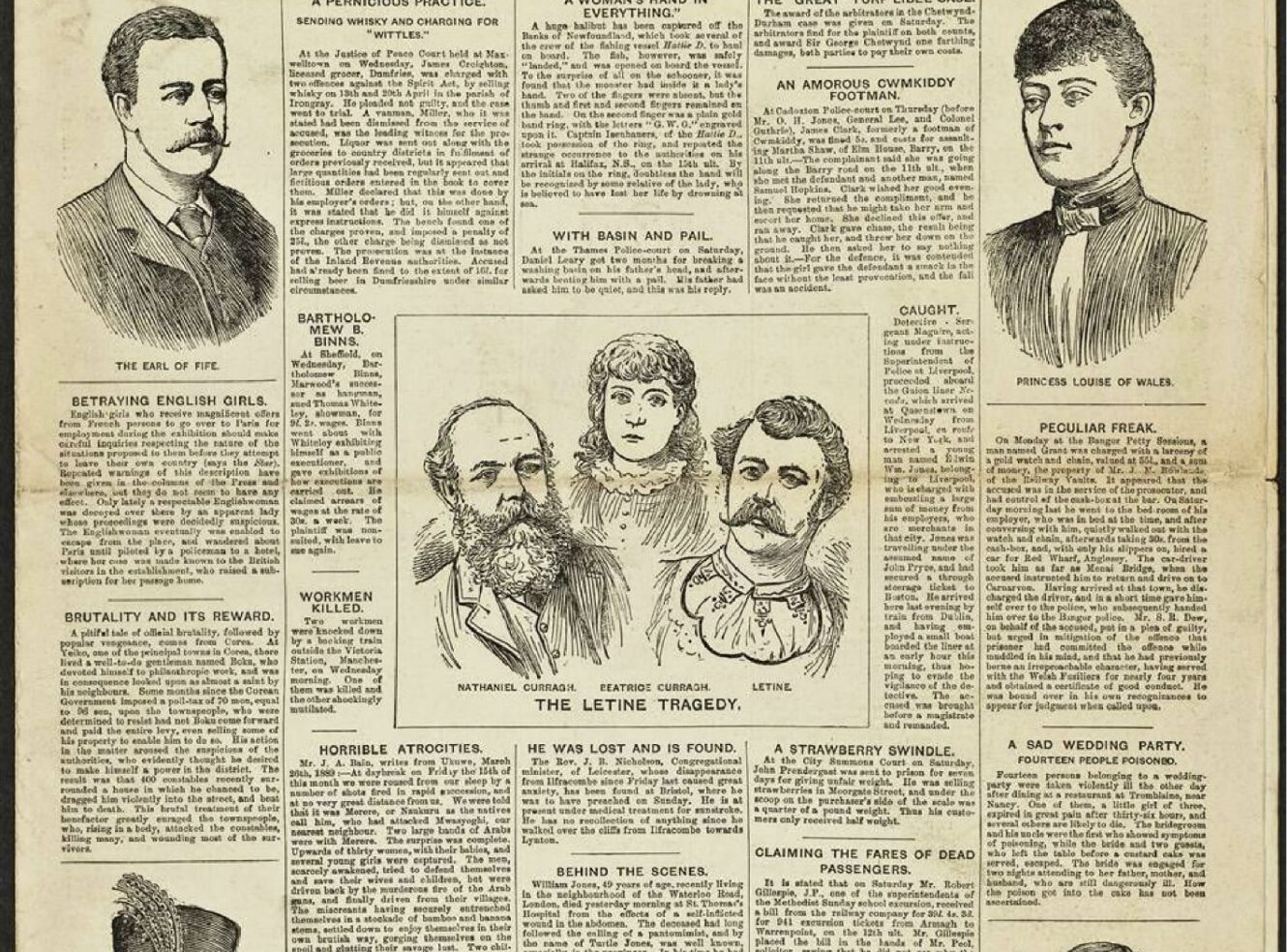 Bobbies and Peelers: The Metropolitan Police Act of 1829
Bobbies and Peelers: The Metropolitan Police Act of 1829On this day in 1829 the first units of the London Metropolitan Police appeared on the streets of London, under Sir Robert Peel. Having become Home Secretary in 1822, Peel set to work laying the legislation in place that would enable the very first English police force.
-
 16,306 Convicts
16,306 ConvictsBetween 1788 and 1868, the British government transported more than 160,000 convicts to Australia. A popular punishment since the early seventeenth century, transportation was second in severity only to execution. Following the War of Independence, however, the defeated Crown could no longer banish undesirable elements of society to their American colonies. Conditions in overcrowded gaols and prison hulks began to deteriorate following the outbreak of war, and continued to slide until some bright spark suggested the establishment of a penal colony far, far removed from English shores.
-
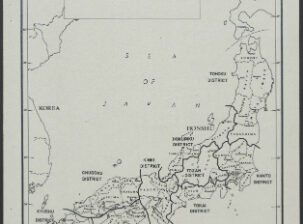 Attacking Japanese Morale, 1940-1945
Attacking Japanese Morale, 1940-1945Among the gems in the Foreign Office Files for Japan are two files that consider the role of the enemy’s “civilian morale” in war and diplomacy. In both, British officials presupposed that targeting civilians might be an effective means of deterring or defeating the Japanese war machine.
-
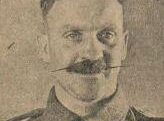 Service Newspapers of World War II: Raising Morale One Moustache at a Time
Service Newspapers of World War II: Raising Morale One Moustache at a TimeOne of the most common remarks about life as a soldier in the Second World War, from those who experienced it first-hand, is that when you weren’t scared stiff you were bored to death. For many, the episodes of fighting were interspersed with long and tedious months of waiting around for orders, or being shipped to and fro between different bases, wondering what was coming next.
-
 "Don't Mention the War": An Englishman Among Germans Aboard the Trans-Siberian Railway, 1940
"Don't Mention the War": An Englishman Among Germans Aboard the Trans-Siberian Railway, 1940In September 1940, a British diplomat named Wilfred Hansford Gallienne embarked on a two-week journey from Moscow to Tokyo via the Trans-Siberian Railway. A year into the Second World War, neither the Soviet Union nor Japan had explicitly taken sides, and Gallienne’s objective was to assess travelling conditions and evidence of military activity. His impressions are recorded in an official memorandum, included in our recently-published resource, Foreign Office Files for Japan, 1919-1952.
-
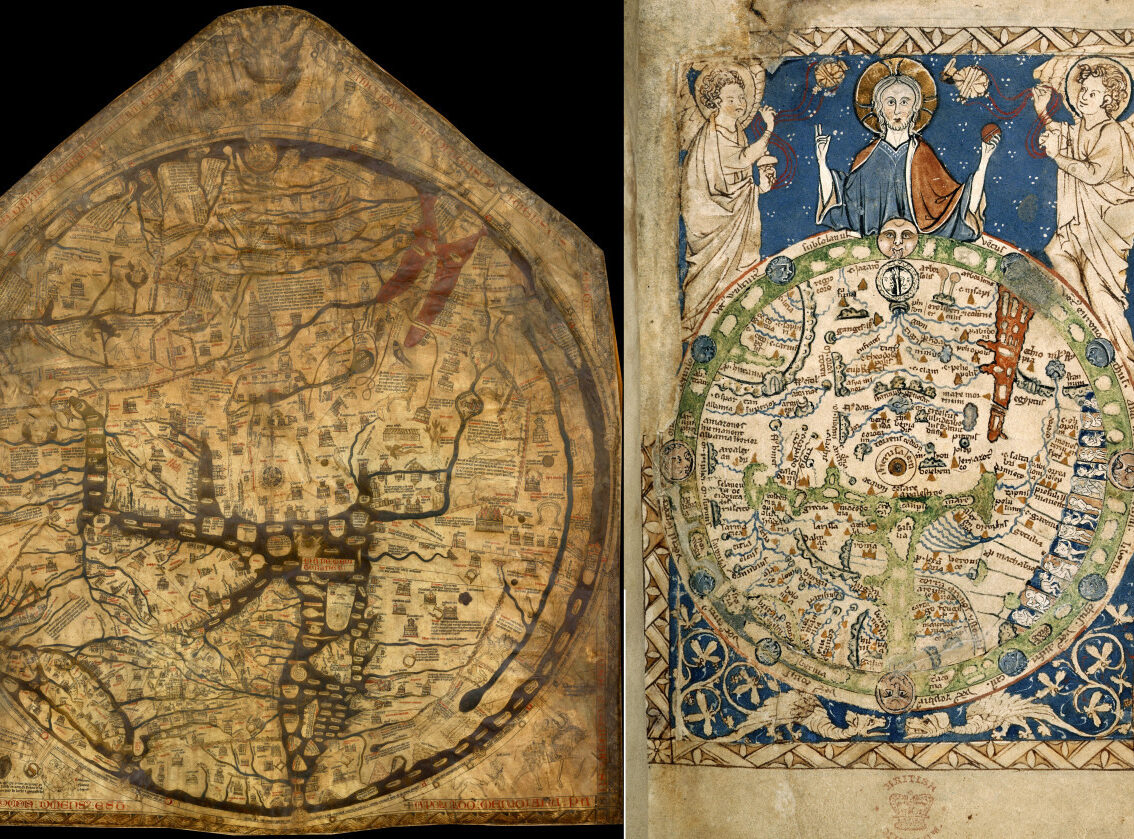 The World Through Their Eyes; Medieval World Maps
The World Through Their Eyes; Medieval World MapsWhen tasked with finding a suitable name for a c13th English illuminated psalter containing, amongst other things, a beautiful miniature world map, the historians and prestigious manuscript experts of the last century settled on the disappointing sobriquet “The Psalter Map”. Despite its lacklustre nickname however, Ms 2861, which is held in the British Library and featured in Adam Matthew’s Medieval Travel Writing, is a rare example of medieval cartography.
-
 Stationers’ Hall During the Blitz
Stationers’ Hall During the BlitzThe Court Books included in Literary Print Culture: The Stationers' Company Archive, 1554-2007 are essential to our understanding of the history and workings of the Stationers’ Company. The Court Books, ranging from 1602 to 1983, contain the official minutes of the Court of Assistants. For each meeting, the decisions of the court are recorded as orders. The collection contains the rough Court Minute Books and the Court Books; the former being draft minutes taken while court was in progress, and the latter being the formal and final version. All minutes are signed by the Master and typically the following information is included: place, date and time of court meeting and a list of those present.
-
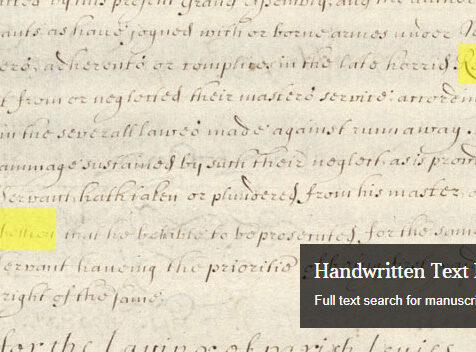 HTR: Introducing AI as an Aid to Manuscript Research in Adam Matthew Collections
HTR: Introducing AI as an Aid to Manuscript Research in Adam Matthew CollectionsAdam Matthew Digital is the first primary source publisher to utilise Artificial Intelligence to offer transformative search capabilities with Handwritten Text Recognition (HTR) technology, which we will be showcasing in the third module of our Matthew’s award-winning resource Colonial America: The American Revolution. Whilst the vast selection of material covering the American Revolutionary period in this collection was sure to pique many a budding American history enthusiast’s interest, this new HTR software has catapulted our latest collection to the forefront of academic and digital curation discussion.
-
 What links W.H. Smith, Rudyard Kipling, Edward VIII, and Harold Macmillan? A Special Guest Blog by Ian Gadd
What links W.H. Smith, Rudyard Kipling, Edward VIII, and Harold Macmillan? A Special Guest Blog by Ian GaddWhat links W.H. Smith, Rudyard Kipling, Edward VIII, and Harold Macmillan? They were all members of the Stationers’ Company, the 600-year-old London livery company whose records have just been digitised by Adam Matthew as Literary Print Culture: The Stationers' Company Archive, 1554-2007.
-
 “Sedgwick Boys”: An Experiment in Colonial Labour
“Sedgwick Boys”: An Experiment in Colonial LabourOn 25 January 1911 a party of 50 British boys arrived in Wellington, New Zealand as part of an unusual colonial experiment. Varying in age from 16 to 20 and coming predominantly from lower class occupations such as domestic service, the lads were part of a trial scheme to ascertain the feasibility of sending city boys with no previous agricultural experience to rural farms within the British Dominions. This three-year apprenticeship scheme was the brain child of Thomas E. Sedgwick and other like-minded philanthropists, who felt increasing alarm at the enforced idleness of youth.
-
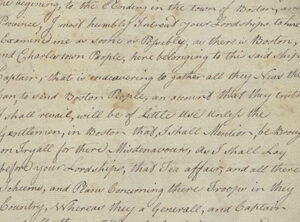 Samuel Dyer and the Boston Tea Party
Samuel Dyer and the Boston Tea PartyThe Colonial Office 5 records cast useful light on high-level administrative aspects of the American Revolution. However, not all who documented these events were as well-placed as colonial governors and secretaries. CO 5 records reveal glimpses of much more obscure figures, too.
